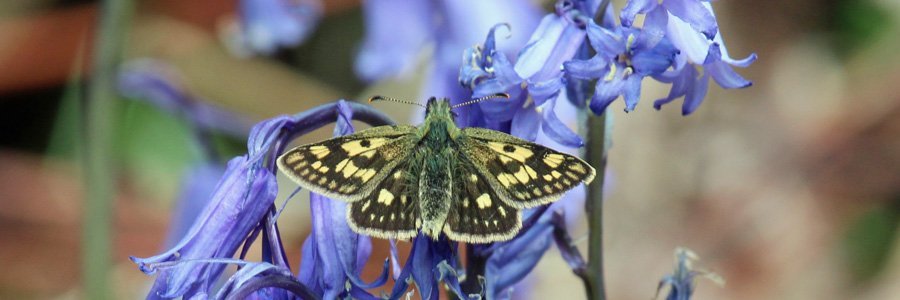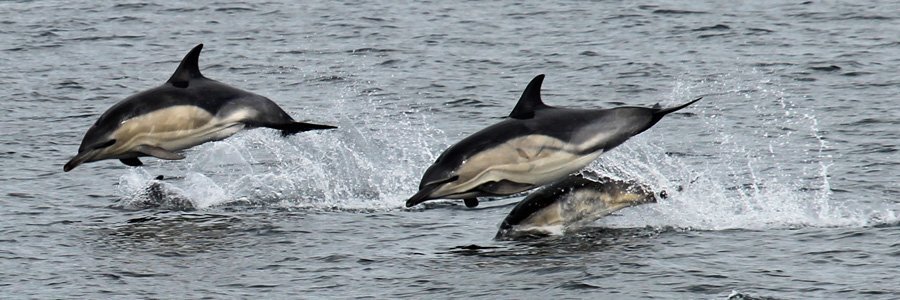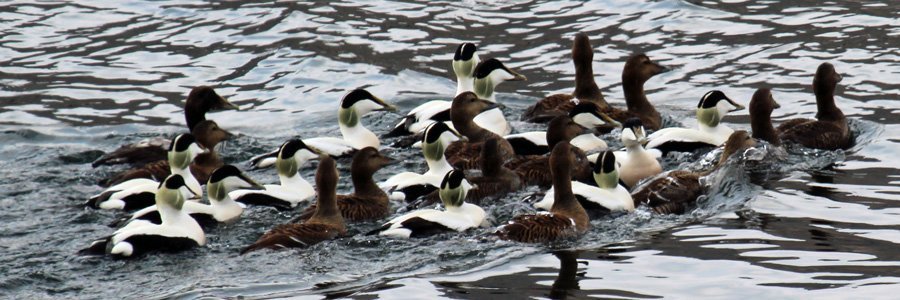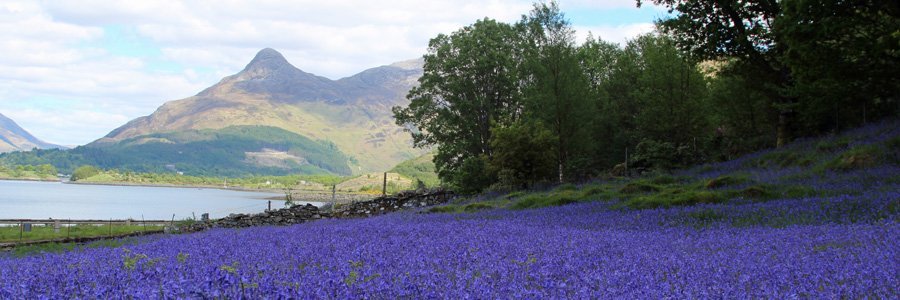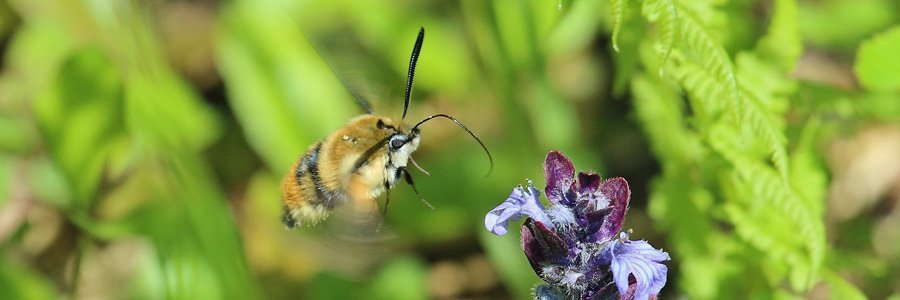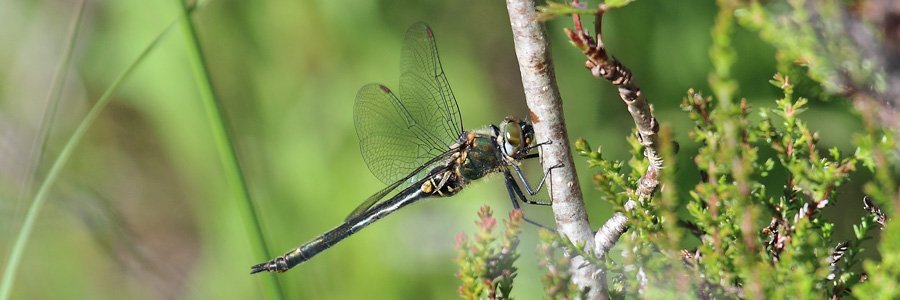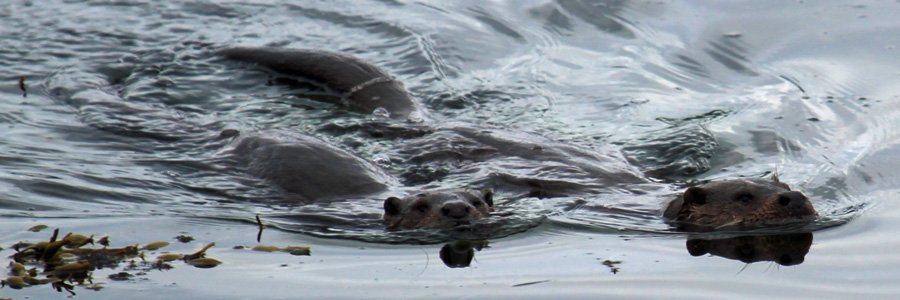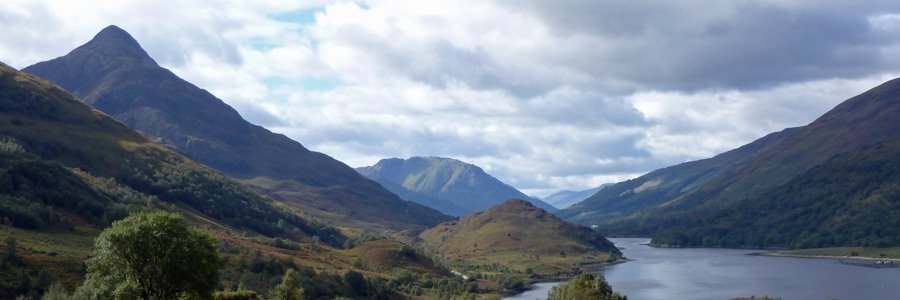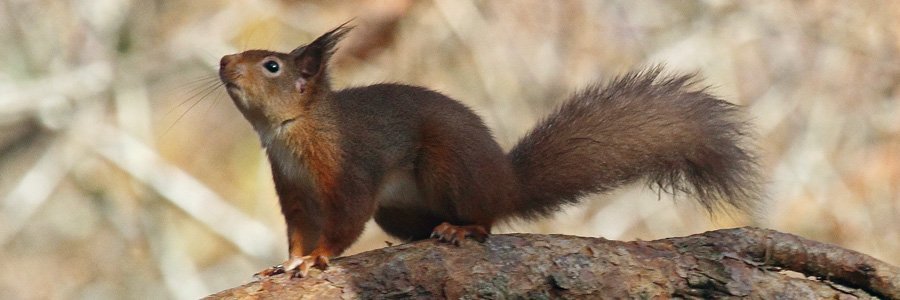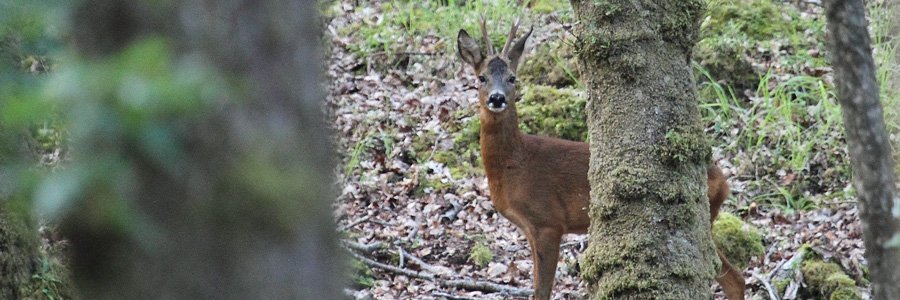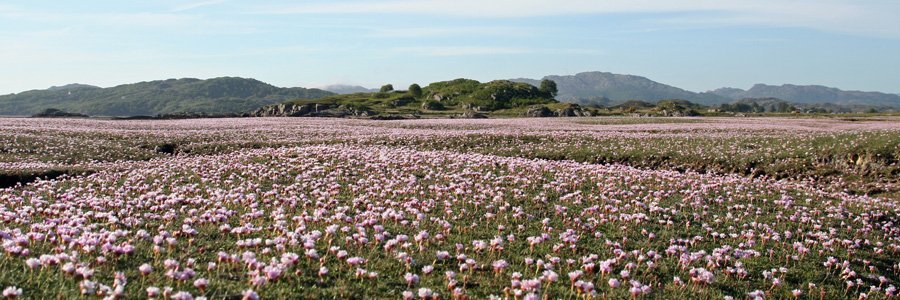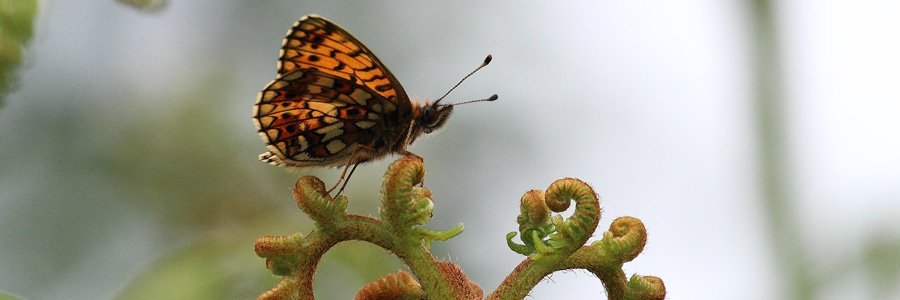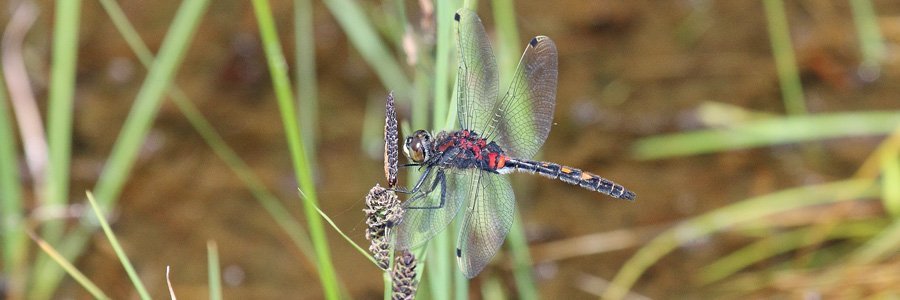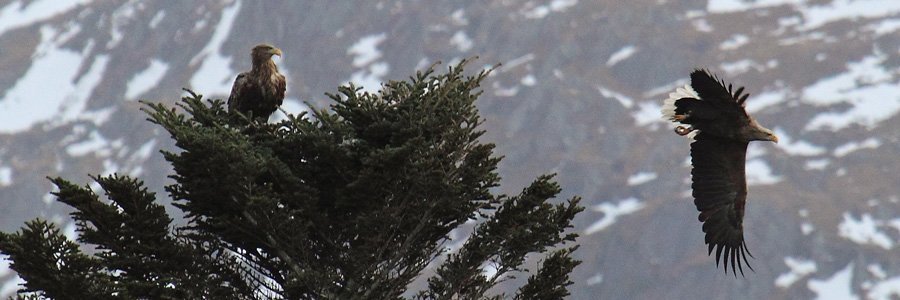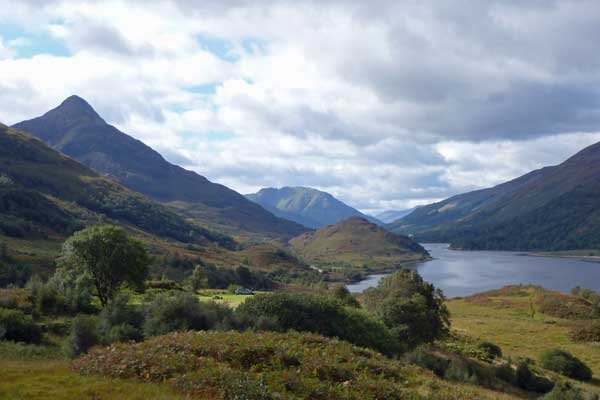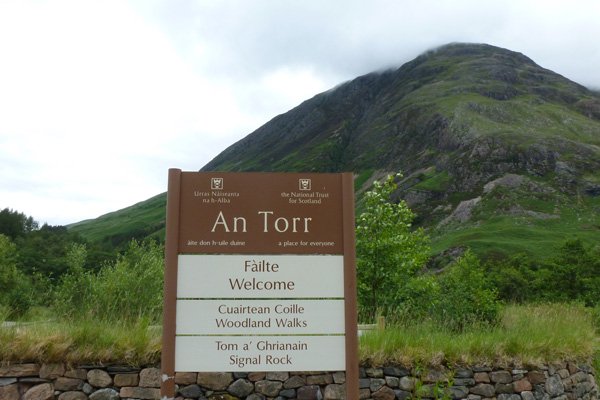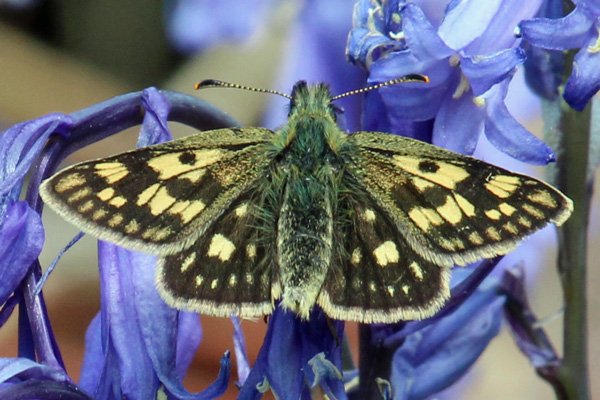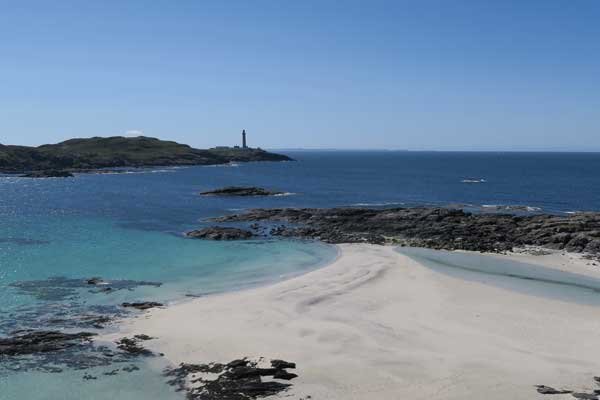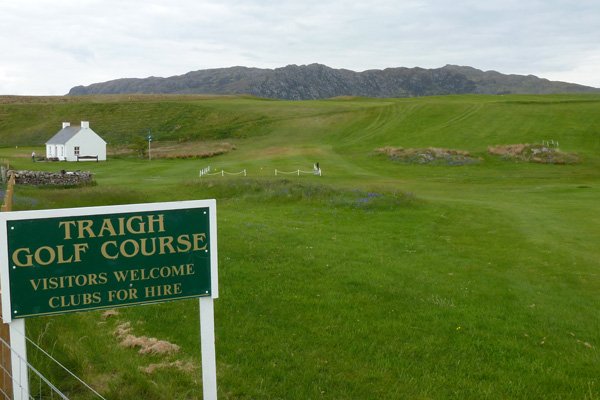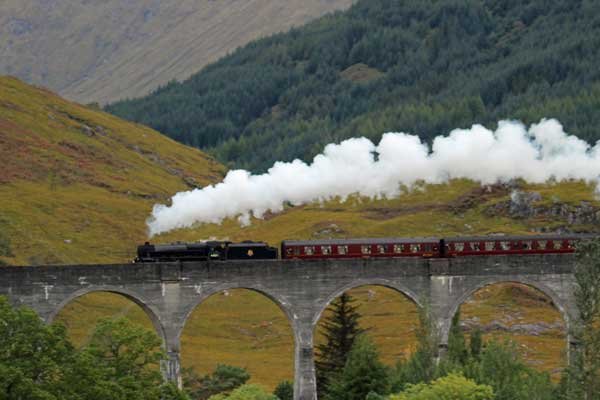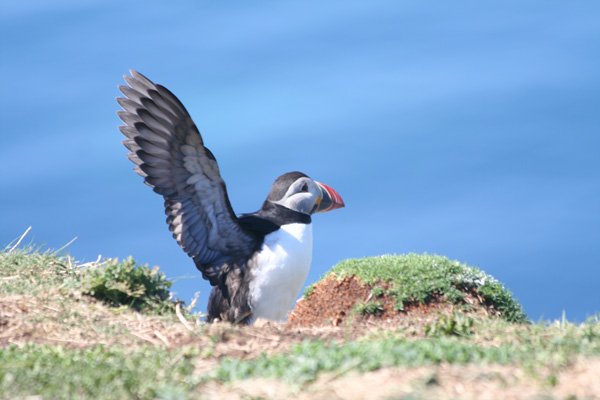Sea and Coast
The sea, coastline and small islands around Lochaber provide a range of habitats, supporting a rich terrestrial and marine flora and fauna, of international importance.
The Lochaber seascape includes a portion of the Sea of the Hebrides, several long narrow deep fjords and some shallow lochs and bays, some of which falls within Scotland's Marine Protected Areas.
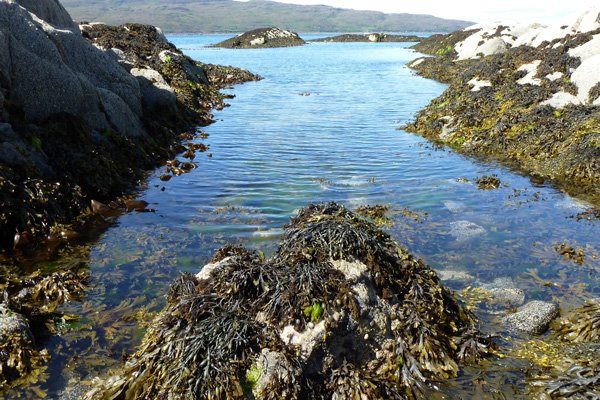
The rugged and heavily indented coastline, of exposed shoreline and sheltered bays, supports an exuberance of red, brown and green seaweeds, a diversity of marine molluscs (including barnacles, mussels, whelks, perwinkles, topshells, scallops and limpets), anemones, starfish, sponges and crustaceans, as well as a thriving populations of otters. The underwater environment is characterised by sublittoral sands and gravels, sub-tidal reefs, tidal rapids and deep-water muds, with the sand banks and maerl beds of coralline red algae at Arisaig being of international importance and supporting the giant sea-pen (Funicularia quadrangularis). A large colony of the scarce fan mussel (Atrina fragilis) is also found in the Sound of Canna.
The intertidal sand and mud flats of Kinlochmoidart, Loch Moidart and Kentra Bay also support a diversity of wading birds such as dunlin, common and green sandpipers, redshank, curlew and oystercatchers feeding on the abundance of bivalve molluscs and polychaete worms (ragworms, lugworms and sand masons).
The seas lochs of Sunart, Linnhe, Ailort and Nevis also support dense beds of flame shells (Limaria hians), brittlestars and the rare unattached knotted wrack (Ascophyllum nodosum ecad mackaii). The sea loch anemone (Protanthea simplex), the Northern Hatchet shell (Thyasira gouldi ) (a relict species from the last Ice Age) and the nationally scarce spoon worm (Amalosoma eddystonense) have also been recorded in Loch Sunart.
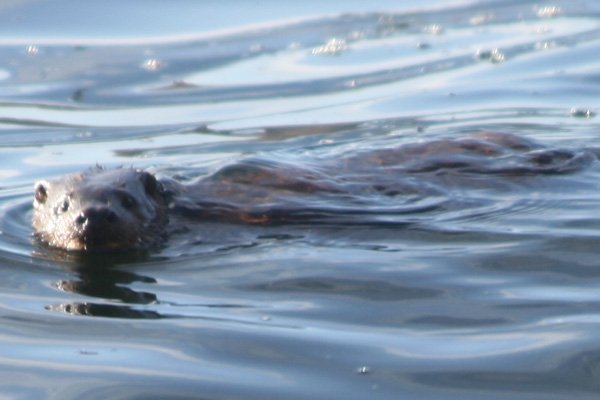
The open sea supports a range of cetaceans including harbour porpoise, common dolphin. bottlenose dolphin, Risso's dolphin, white-beaked dolphin and minke whale, as well as grey seal and common seal. There are also occasional sightings of orca (killer whale). Fish are represented by both cartilaginous fish and bony fish; the former include basking shark, lesser spotted dogfish and common skate, whilst the latter include mackerel, pollock, cod, wrasse and sand eel, to mention but a few.
Numerous seabirds, including gannets, guillemots (including black), razor bills, shags, cormorants, puffins, red-throated divers, fulmars, kittiwakes, terns and Manx shearwaters, as well as eiders and other sea ducks, can be found along near the rocky coast or in the open sea. The coastal cliffs of the Small Isles also support nationally important breeding colonies of some of these seabirds. The magnificent white-tailed eagle with a two metre wingspan breeds on the mainland, as well as the Small Isles.
On land, there are some lovely maritime cliffs on the Ardnamurchan peninsula and the Small Isles of Rum, Canna and Eigg, supporting salt tolerant species such as thrift (Armeria maritima), Scots lovage (Ligusticum scoticum), roseroot (Rhodiola rosea), Sea Campion (Silene uniflora) and rock samphire (Crithmum maritimum) in exposed locations. In contrast, the gentler coastal slopes support species rich coastal grassland, characterised by bird's foot trefoil (Lotus corniculatus) and wild thyme (Thymus polytrichus).
Lochaber also has some lovely dune systems, most notable between Arisaig and Morar (The Silver Sands), at Sanna, Bay and Gortenfern (The Singing Sands) on the Ardnamurchan peninsula and on Kilmory in Rum. The dunes are dominated by marram and sea lyme grass, but also support species such as Kidney vetch, (Anthyllis vulnera), sea rocket (Cakile maritima) and frog orchid (Coeloglossum viride).
Coastal shingle is less common in Lochaber, but two sites in the region support the rare oyster plant (Mertensia maritima). The shingle habitat also provides nest sites for ringed plovers and oystercatcher.
These are just a few of the highlights to be found in the rich variety of habitats associated with the terrestrial, coastal, marine and freshwater environments of Lochaber. The shoreline of Lochaber is a great place for a coastal expedition, a seashore safari and for discovering the wonders of rock pools, whilst the open water affords wonderful opportunites for spotting cetaceans and basking sharks as well as bird watching.

